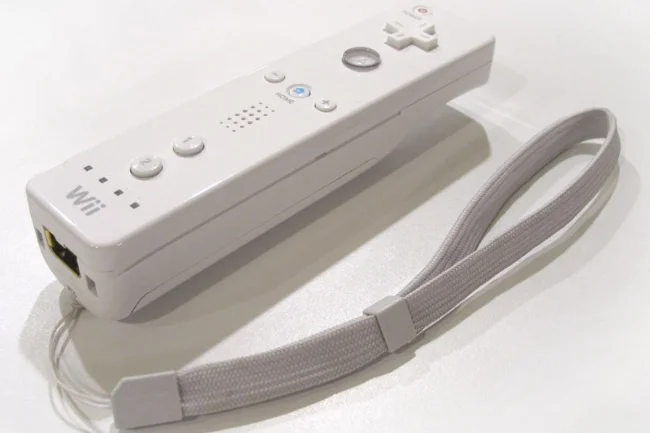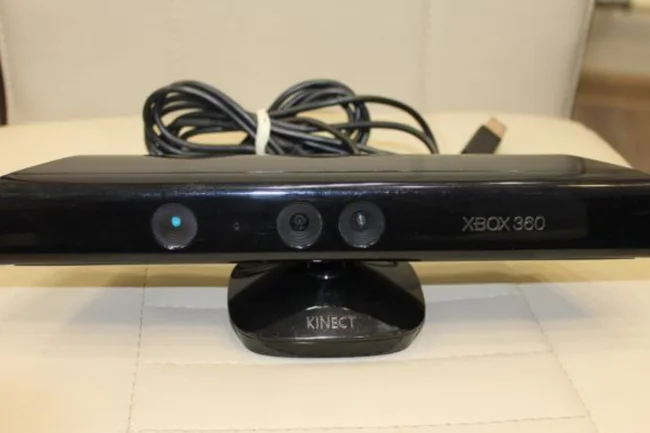Grandfather of Wiimote and Kinect: Sega's immersive controller (15 photos + 1 video)
A controversial device from Sega that was ahead of its time. 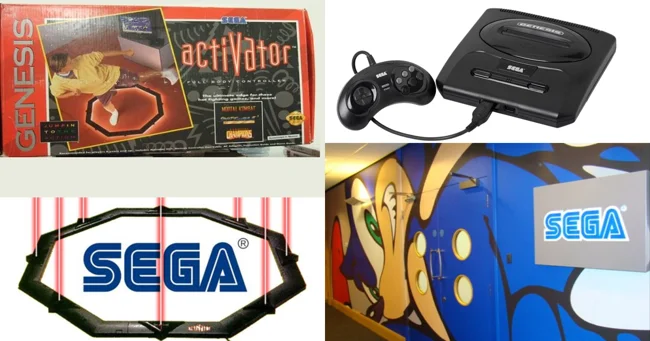
In the 90s, when the sky was bluer, sausage tasted better, and computer game and device developers were not afraid to experiment. 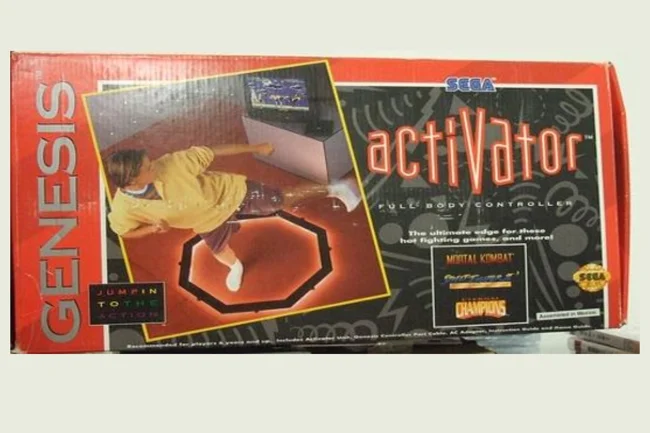
Sega went on an interesting experiment and released an immersion control device for its home console. 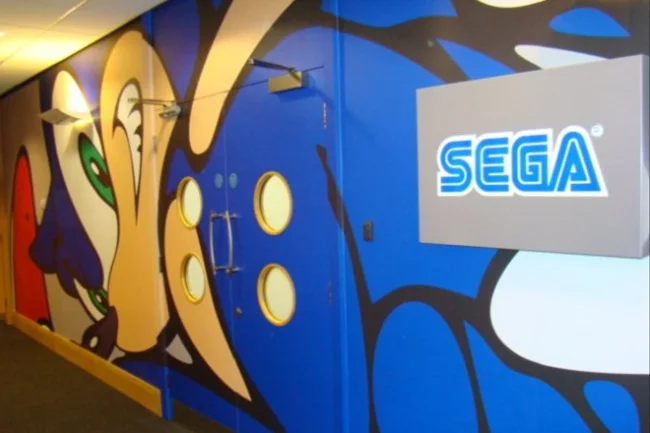
Now we’ll find out whether it was a successful idea. 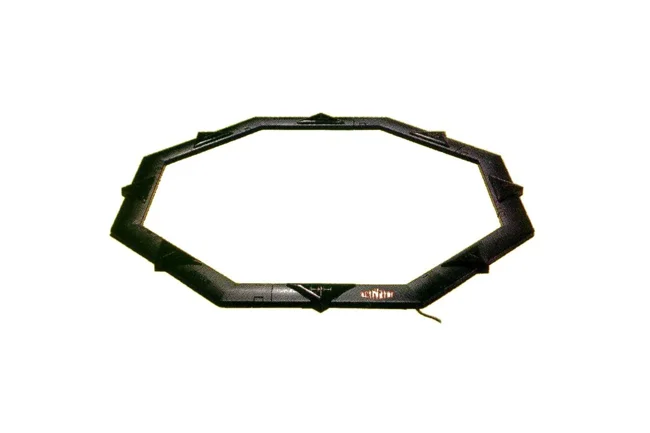
The Sega Activator expansion for the Sega Mega Drive console was released in 1993 and was supposed to replace the standard gamepad control system in some games.
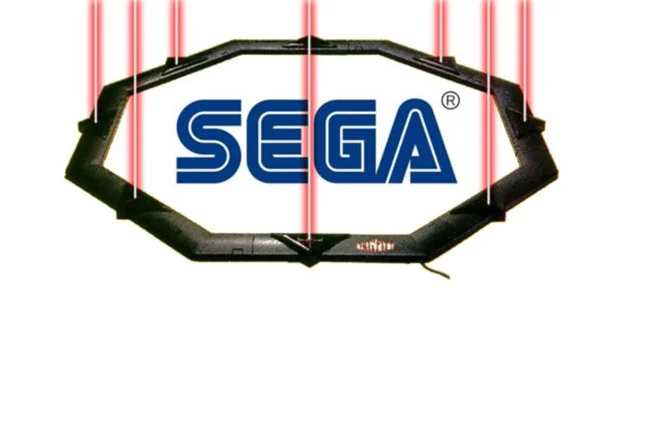
An octagon-shaped ring, which was placed on the floor and connected to the console, read the player's movements.
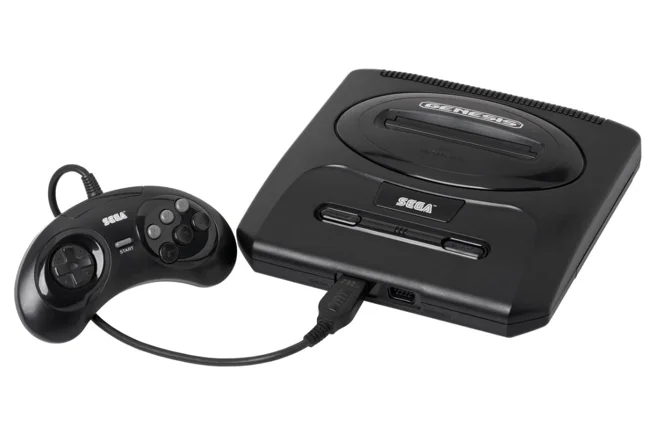
The device was supposed to allow you to move to a new level of play.
Using infrared rays, the Activator read the user's movements.
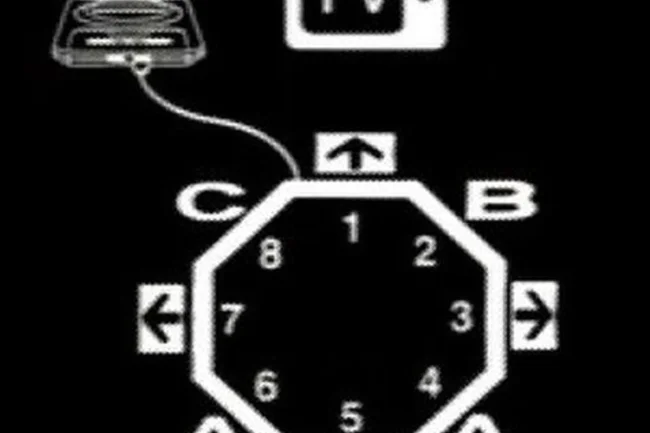
However, in reality, the octagon, in fact, was simply a set of buttons similar to a gamepad, only instead of pressing them on the controller, you had to wave your hand in the desired sector.
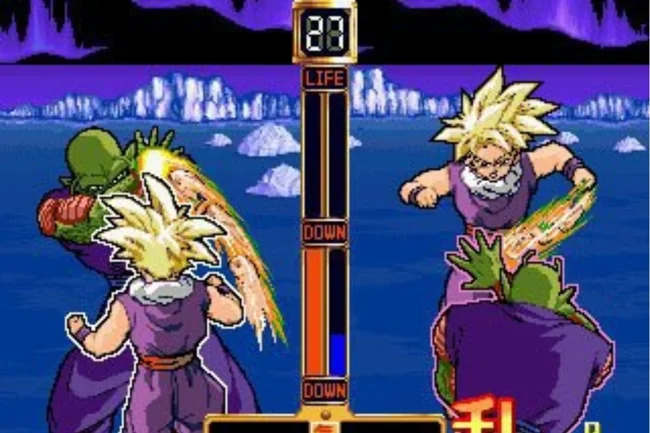
There were games where this technology was fully used: for example, in Dragon Ball Z there were additional motion sensors.
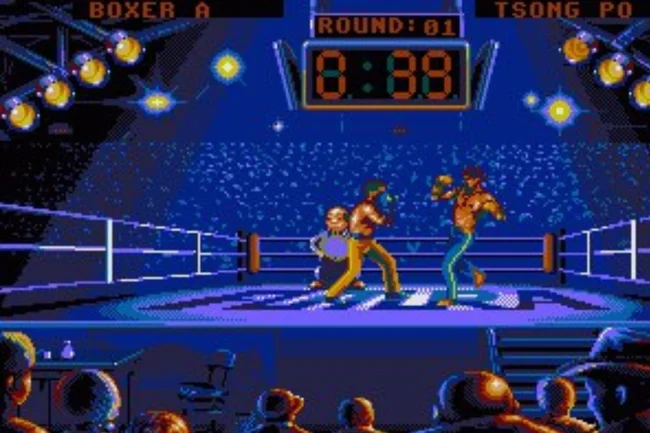
In games specially adapted for the Activator, the device revealed itself at its best.

The list of projects created specifically for the device was not large: Greatest Heavyweights, Streets of Rage 3, Best of the Best: Championship Karate and Eternal Champions.
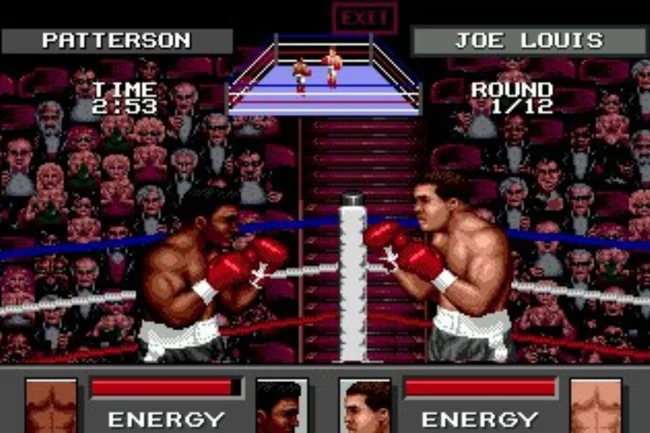
The Sega Activator often crashed when playing, made no sense in most games and, naturally, sold extremely poorly for this reason.
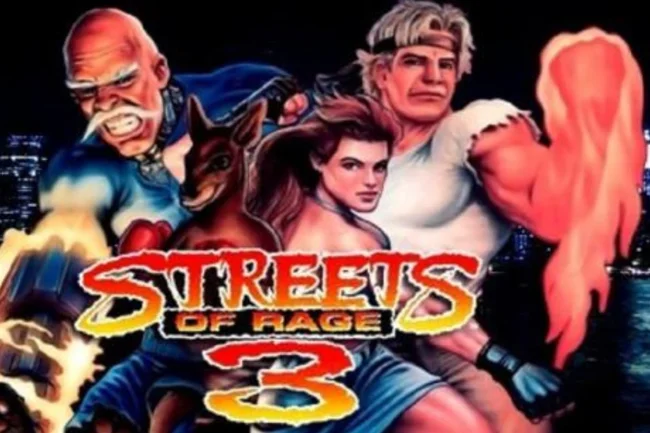
Initially, more games were planned to be released specifically for the octagon, but as a result they were canceled due to low profitability.
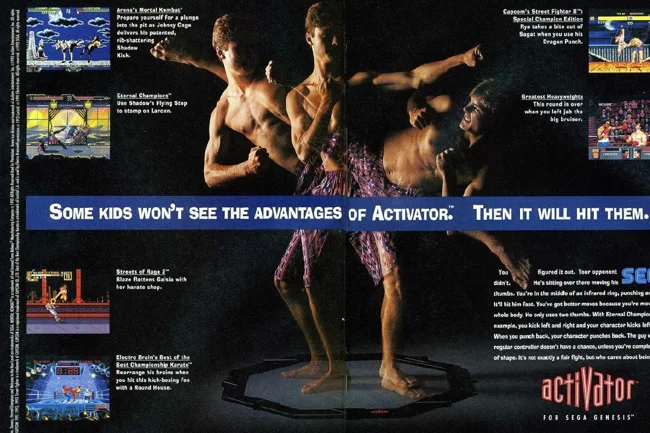
Although the device was not particularly functional, it can be said to be the grandfather of devices such as Nintendo's Wiimote and Microsoft's Kinect, which came much later.
